Modern Endodontics

What is a Root canal Treatment.
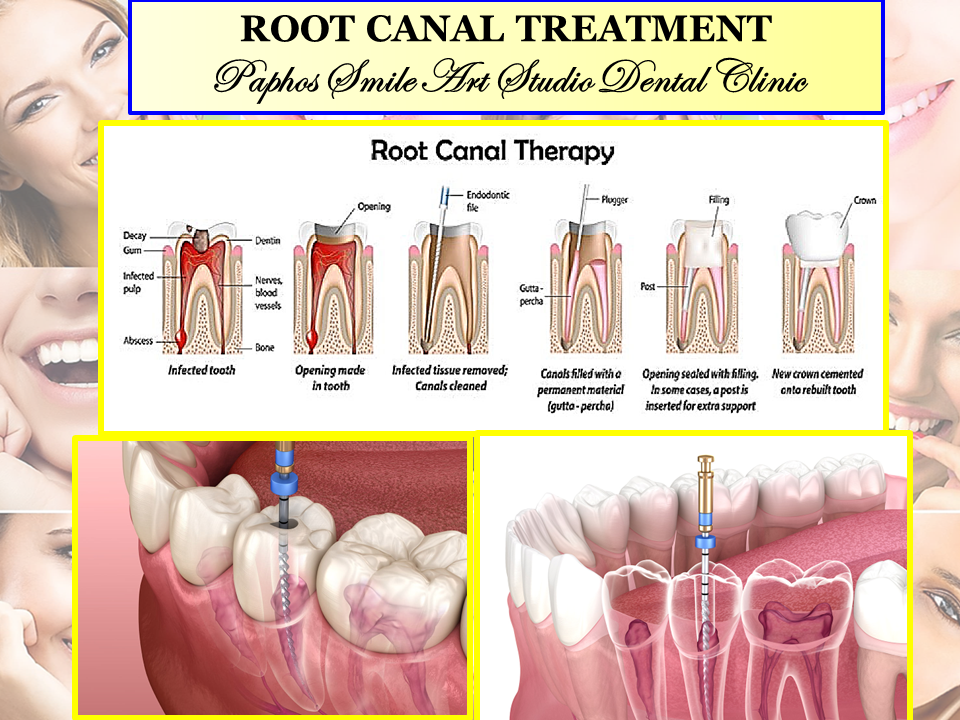
Root canal treatment (endodontics) is a dental procedure used to treat infection at the centre of a tooth. Root canal treatment is not painful and can save a tooth that might otherwise have to be removed completely.
Root canal treatment is not painful and can save a tooth that might otherwise have to be removed completely.This procedure removes dental pulp when it has become dead or infected. Dental pulp is the soft core of the tooth. It contains nerves, blood vessels, and connective tissue. The pulp extends from the top of the tooth, called the crown, all the way down to the roots, in branches called canals.
Tooth
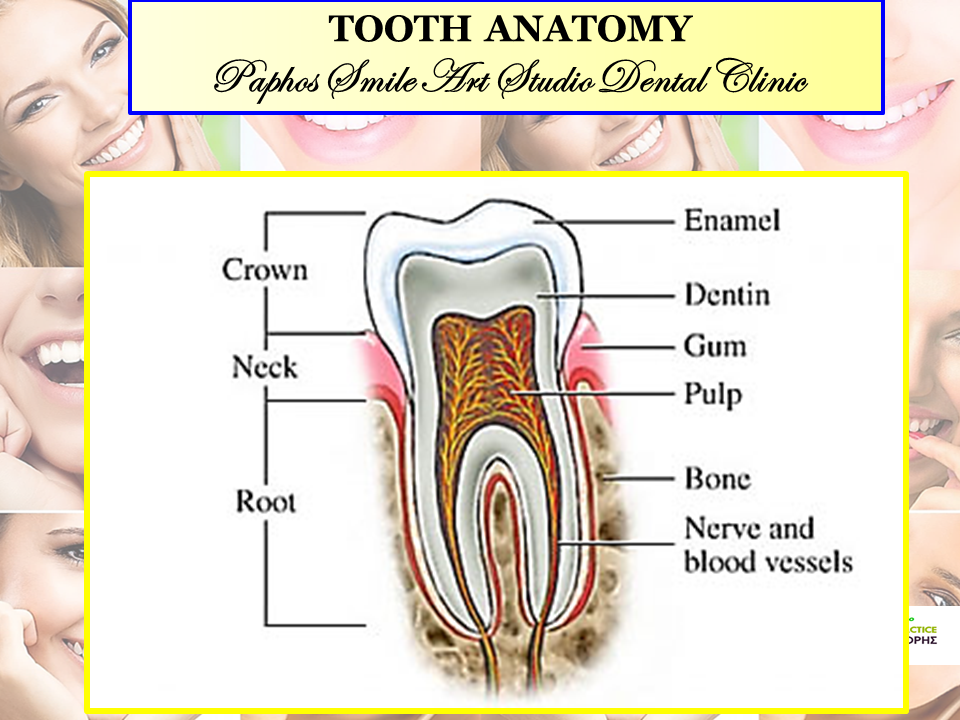
Reasons for Procedure
Dental pulp may become infected because of:
 An untreated cavity
An untreated cavity Trauma to the tooth
Trauma to the tooth Gum disease
Gum disease
When dental pulp becomes infected or dies, a painful abscess within the jawbone will occur. Removing dead or diseased dental pulp will prevent infection from spreading to other areas of the mouth and destroying bone around the tooth. If a root canal is not done, the tooth will need to be removed.
Common signs of pulp problems include:

![]() Pain when biting down on a tooth.
Pain when biting down on a tooth.
![]() Pain when the tooth is not being used.
Pain when the tooth is not being used.
![]() Sensitivity to hot or cold food or beverages
Sensitivity to hot or cold food or beverages
![]() Tooth discoloration
Tooth discoloration
![]() Swollen gums around the infected tooth
Swollen gums around the infected tooth
![]() A draining boil-like structure (called a fistula) on the gum adjacent to the tooth
A draining boil-like structure (called a fistula) on the gum adjacent to the tooth
Possible Complications
Complications are rare, but no procedure is completely free of risk. If you are planning to have a root canal, your dentist will review a list of possible complications, which may include:
 Pain and swelling
Pain and swelling Surgical-wound infection
Surgical-wound infection Persistent abscess
Persistent abscess Inability to save the tooth
Inability to save the tooth
Factors that may increase the risk of complications include:
 Smoking
Smoking Immune system disorders
Immune system disorders Bleeding disorders
Bleeding disorders Circulatory problems that can cause healing problems (eg, diabetes)
Circulatory problems that can cause healing problems (eg, diabetes)
Be sure to discuss these risks with your dentist before the procedure.
What to Expect
Prior to the Procedure your dentist will:
Do a thorough dental exam
X-ray your mouth—a test that uses radiation to take a picture of structures inside the body, especially bones.
Anesthesia
Local anesthesia (eg, lidocaine ) will be used. The dentist will numb the area in your mouth. The anesthesia will be given as an injection.
Description of the Procedure

A small hole will be made through the top of the tooth and into the pulp. Next, steel files will be inserted to extract the pulp tissue. All teeth have 1-4 individual canals. Pulp will need to be extracted from all canals in the affected tooth. Once all pulp has been removed, the walls of the root canal will be reshaped and enlarged. Medicine will be inserted to kill bacteria.
At this point, the dentist may insert a temporary filling. This filling will protect the tooth. The procedure may be done within one visit or at multiple appointments. This depends on the condition of the tooth. Lastly, the canal will be dried, sterilized, and filled with a rubbery material. This material will prevent recontamination.
Immediately After Procedure
The dentist will:
- Permanently seal the area
- Place a gold or porcelain crown over the tooth to strengthen its structure
How Long Will It Take?
A root canal may take 1-3 appointments. Each appointment may last 1-2 hours.
How Much Will It Hurt?
You will have discomfort for a few days. Your doctor may give you pain medicine.
Post-procedure Care
When you return home, do the following to help ensure a smooth recovery:
 Be sure to follow your dentist's instructions .
Be sure to follow your dentist's instructions . Use warm, salt-water rinses to soothe your mouth.
Use warm, salt-water rinses to soothe your mouth. For a few days, avoid heavy biting and chewing on the side of the mouth that has the root canal.
For a few days, avoid heavy biting and chewing on the side of the mouth that has the root canal. See your dentist for a follow-up x-ray as scheduled.
See your dentist for a follow-up x-ray as scheduled.
Nowadays there is a great progress in the field of endodondics where the new equipment and imaging procedures have simplified and improve the complicated procedure of endodontic treatment. We are now at the Era of Modern Endodondics. Such developments are:
![]() Rubber Dam Isolation
Rubber Dam Isolation
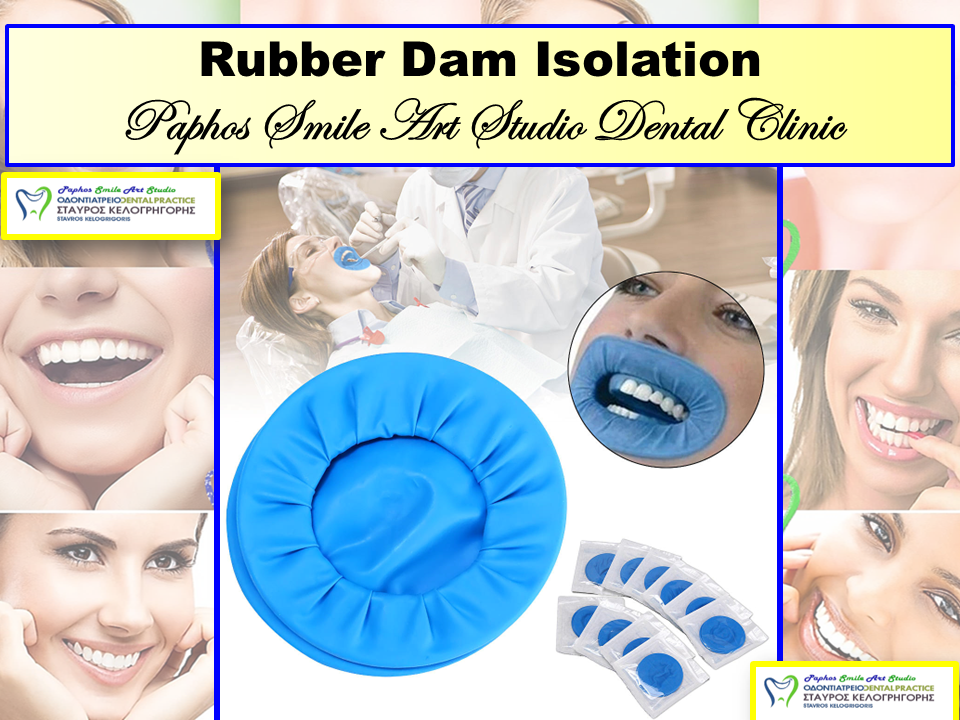
![]() Cone Beam CT - 3D Imaging
Cone Beam CT - 3D Imaging
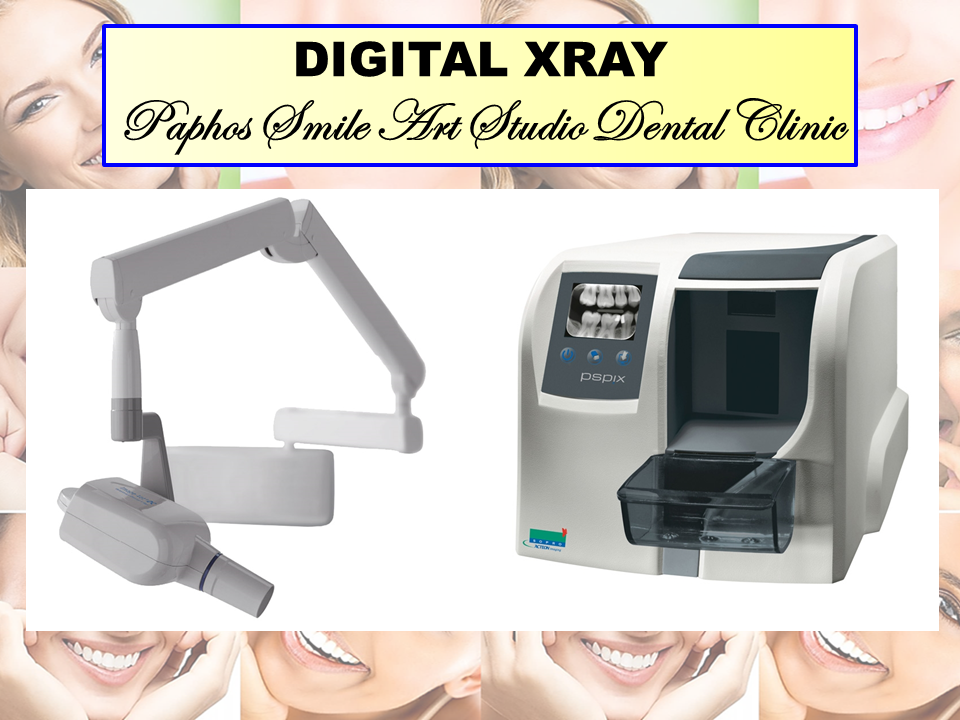
![]() Dental operating Microscope
Dental operating Microscope
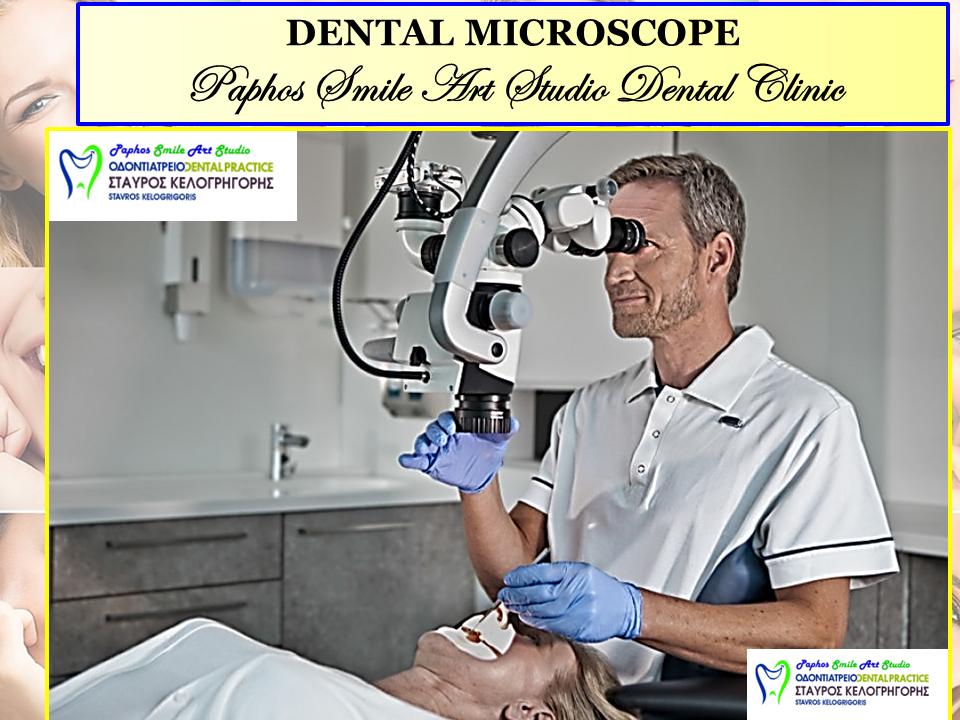
![]() Biosealers
Biosealers

![]() Flexible Nickel Titanium Root canal Files
Flexible Nickel Titanium Root canal Files

![]() Apex Locator
Apex Locator
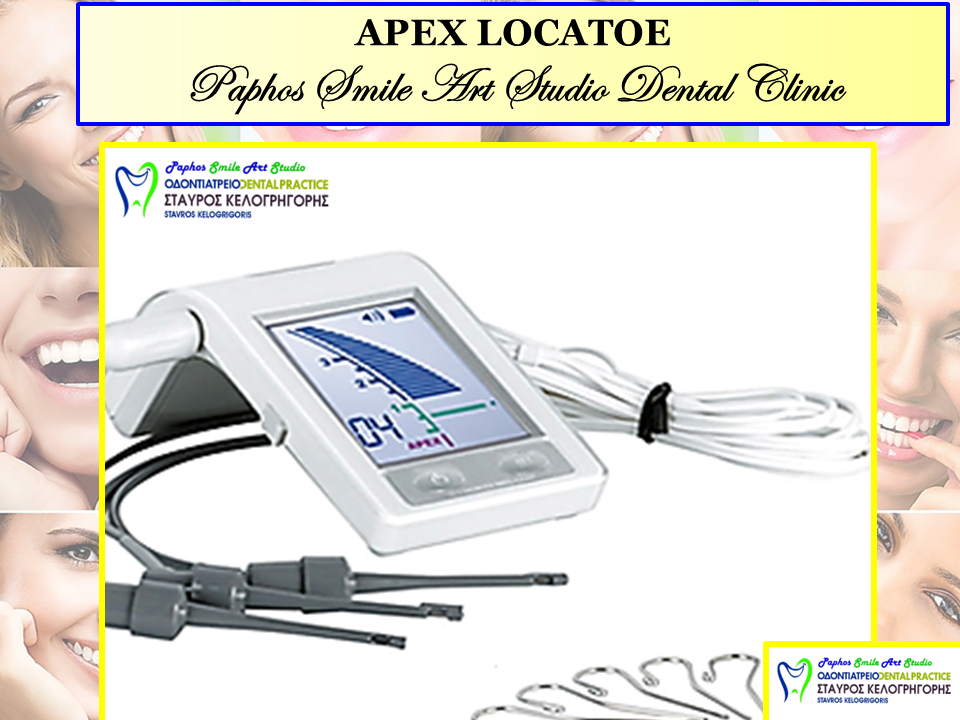
![]() Ultrasonic Instrumentation
Ultrasonic Instrumentation
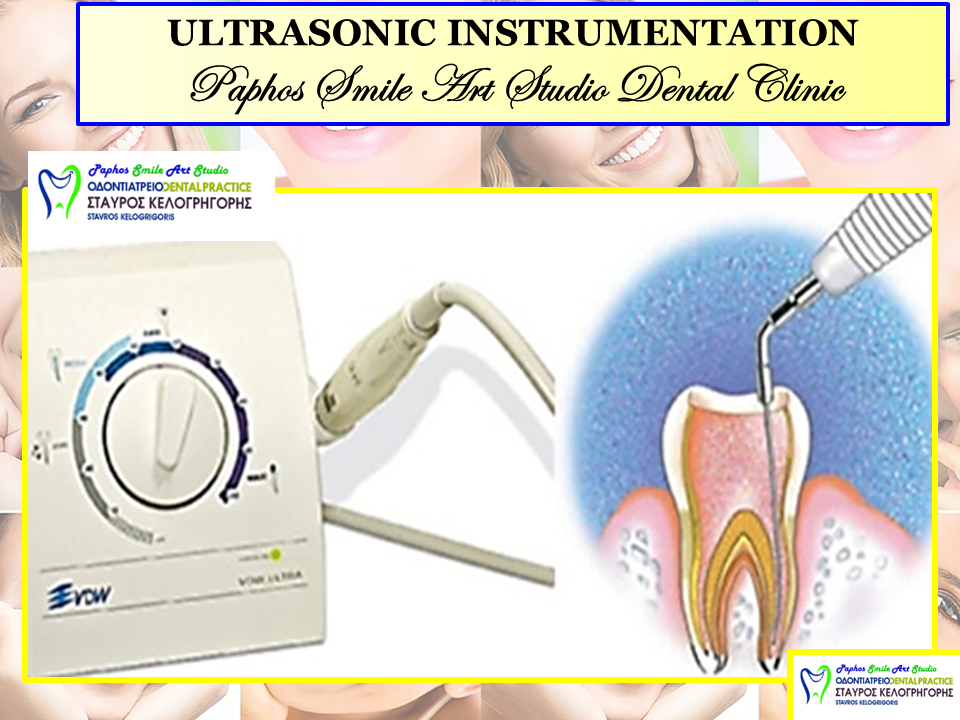
![]() 3D Warm Injectable Root Filling
3D Warm Injectable Root Filling

Rubber Dam Isolation

The rubber dam is an elastic material that isolates the tooth or teeth for the dental procedure. Sealing out moisture and bacteria, it provides a clean environment for Dr. Kelogrigoris to work. Not only that, but the rubber dam provides a safe environment for you. No longer do you have to worry about breathing in tooth dust, or swallowing water spray, or even small dental instruments as your treatment is being rendered.
Digital Imaging

Digital Radiographs are safer, faster and diagnostically more useful in endodontics than conventional film x-rays. There is up to 90% reduction in radiation. Patient comfort is greatly increased by eliminating processing (wait) time during their endodontic procedure. The resulting digital images can be enlarged and enhanced, whigh greatly improves my diagnostic and communication capabilities
Dental Operating Microscope

Using the most powerfull dental microscope, we are able to locate and treat anatomy that previously would have been neglected. The illumination and magnification provided allows us to deliver That HIGHEST QUALITY CARE and the most predictable outcome for our patients
Biosealers

Bioceramic materials, with their biocompatible nature and excellent physico-chemical properties, are widely used in endodontic applications. They can function as cements, root repair materials, root canal sealers and filling materials, which have the advantages of enhanced biocompatibility, potential increased root strength following obturation, antibacterial properties and sealing ability.
Potent antibacterial activity, absolute biocompatibility, good osseo-conductivity, ability to achieve excellent hermetic seal in constantly wet environment, formation of chemical bond with dentin, insolubility in tissue fluids, expansion during time of set, very good radiopacity, easy handling are the features that make bioceramic - based materials/biosealers an up to-date alternative to other materials.
The application of bioceramic materials/biosealers has changed both surgical and non- surgical endodontic treatment, providing a promising direction for the preservation of patients’ teeth.
Flexible Nickel Titanium Root Canal Files

We use a variety of different nickel titanium systems. Each case is unique and by understanding the strengths and weaknesses of each rotary system, we are able to safely instrament the root system. We also rely heavily on careful and deliberate hand instrumentation. Hand instrumentation with prebent files is essential in order to clean and capture secondary anatomy and ensure thorough cleaning throughout the full length of the canal system.
Ultrasonic Instrumentation

Ultrasonic instrumentation provides improved access and visibility over engine driven burs ("the drill"). When used with a microscope, ultrasonic instruments are indispensable innegotiating calcified canals and locating abnormal root anatomy. Less tooth is removed to gain proper access. This more conservitive access is cridical to maintaining natural tooth structure and straingth.
Negative Pressure Irrigation
Negative pressure irrigantion allows us to safely irrigate to the apical terminus (end of root). Unlike positive pressure systems which use cannulas to deliver the irrigants in the canal, negative pressure systems draw fluid apically by way of evacuation. The use of apical negative pressure irrrigation enables us to safely clean and disinfect the apical terminus with maximum control.
Apex Locator - Length Control

Apex locators are the most accurate way to read the canal terminus (end of root). The number of radiographs is reduced to one in most cases. Treatment time and radiation exposure are further reduced. Furthermore, clinical confidence is increased with working in the apical region. Modern apex locators are designed to provide an accurate reading regardless of the condition of the tooth.
3D Warm Injectable Root Filling

Thermoplasticized root filling delivery systems rapidly fill even the most difficult root canal systems. This technique ensures a complete three-dimentional seal. This completly filling root shapes in which the old cone filling points cannot be closely adapted to.
It is an undeniable fact that the evolvement of the technology within Dentistry helped it`s enormous developement and progress. Especially in the fields of Endodontics the treatments became far more precise, easy and comfortable for the dentist and the patient.
.jpg)